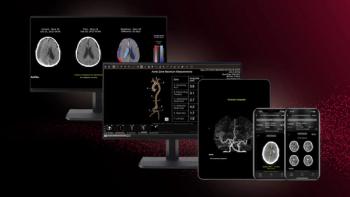
Vast Majority of ED Patients Who Undergo CT Are Very Sick
Nearly 94 percent of patients who undergo CT of the abdomen and pelvis in the emergency department are clinically complex.
Most patients who undergo CT of the abdomen and pelvis in the emergency department are much sicker than others, according to a study published in the June issue of the Journal of the American College of Radiology.
The use of CT of the abdomen and pelvis has increased in the ED, as well as other settings. This increased use is costly and time consuming, so researchers conducted a study to evaluate if the test is being used appropriately.
The researchers identified 1.08 million ED visits that comprised 306,401 (28.3 percent) lower complexity cases and 774,599 (71.7 percent) cases of higher clinical complexity, meaning the patients were more ill.
Of these visits, CT of the abdomen and pelvis was performed in 65,273 of the cases (6.0 percent). Of these, 61,204 (93.8 percent) were the most seriously ill patients.
“The utilization of advanced medical imaging in the ED setting serves many valuable roles. CT of the abdomen and pelvis can facilitate patient triage, decrease ED patient waiting times, decrease hospital lengths of stay and reduce the need for exploratory surgery,” said Richard Duszak Jr., MD, co-author of the study. “These outcomes would favor a preferential role for CTAP in sicker and more complex patients, and our results support that belief.”
Newsletter
Stay at the forefront of radiology with the Diagnostic Imaging newsletter, delivering the latest news, clinical insights, and imaging advancements for today’s radiologists.



























